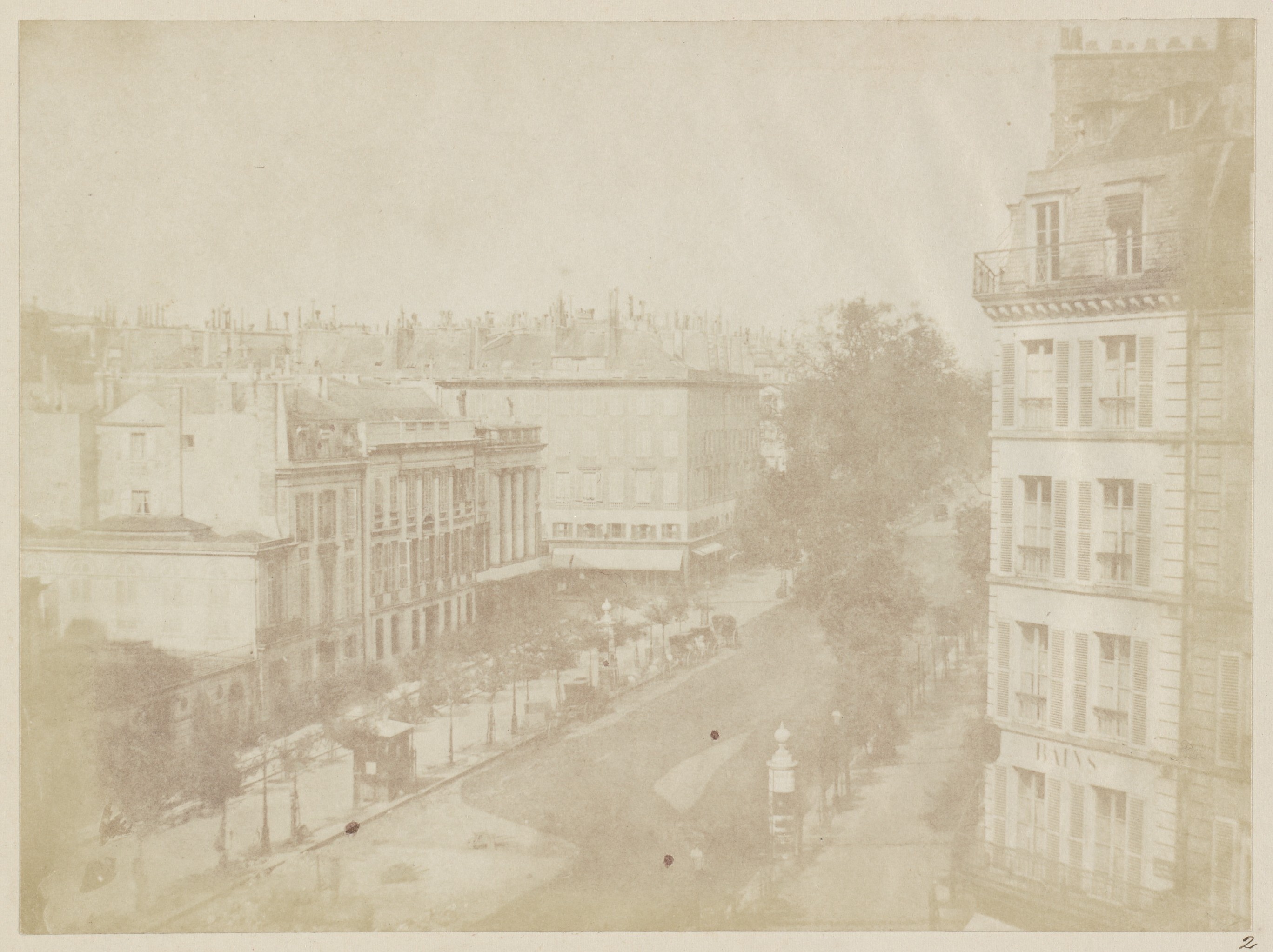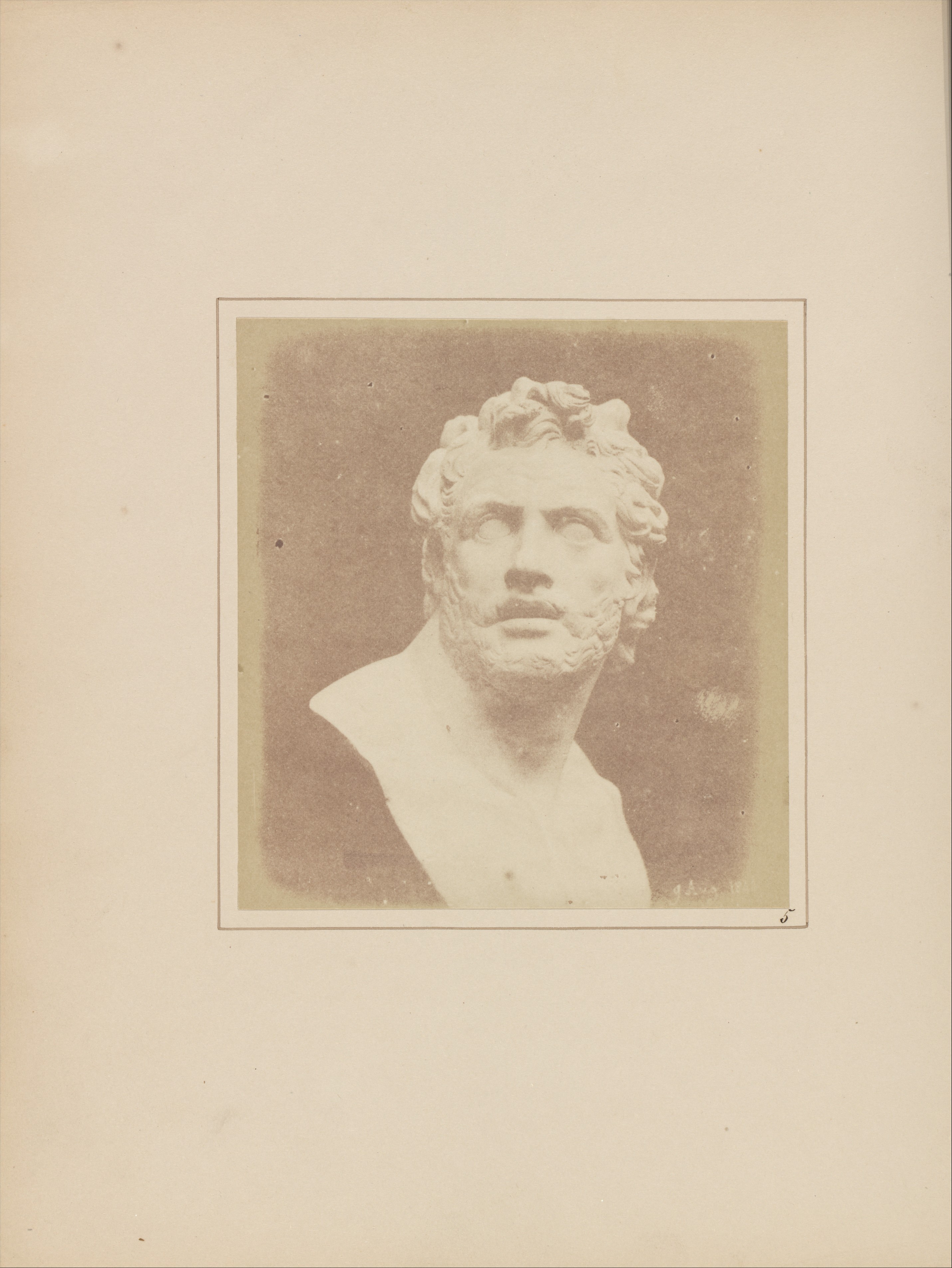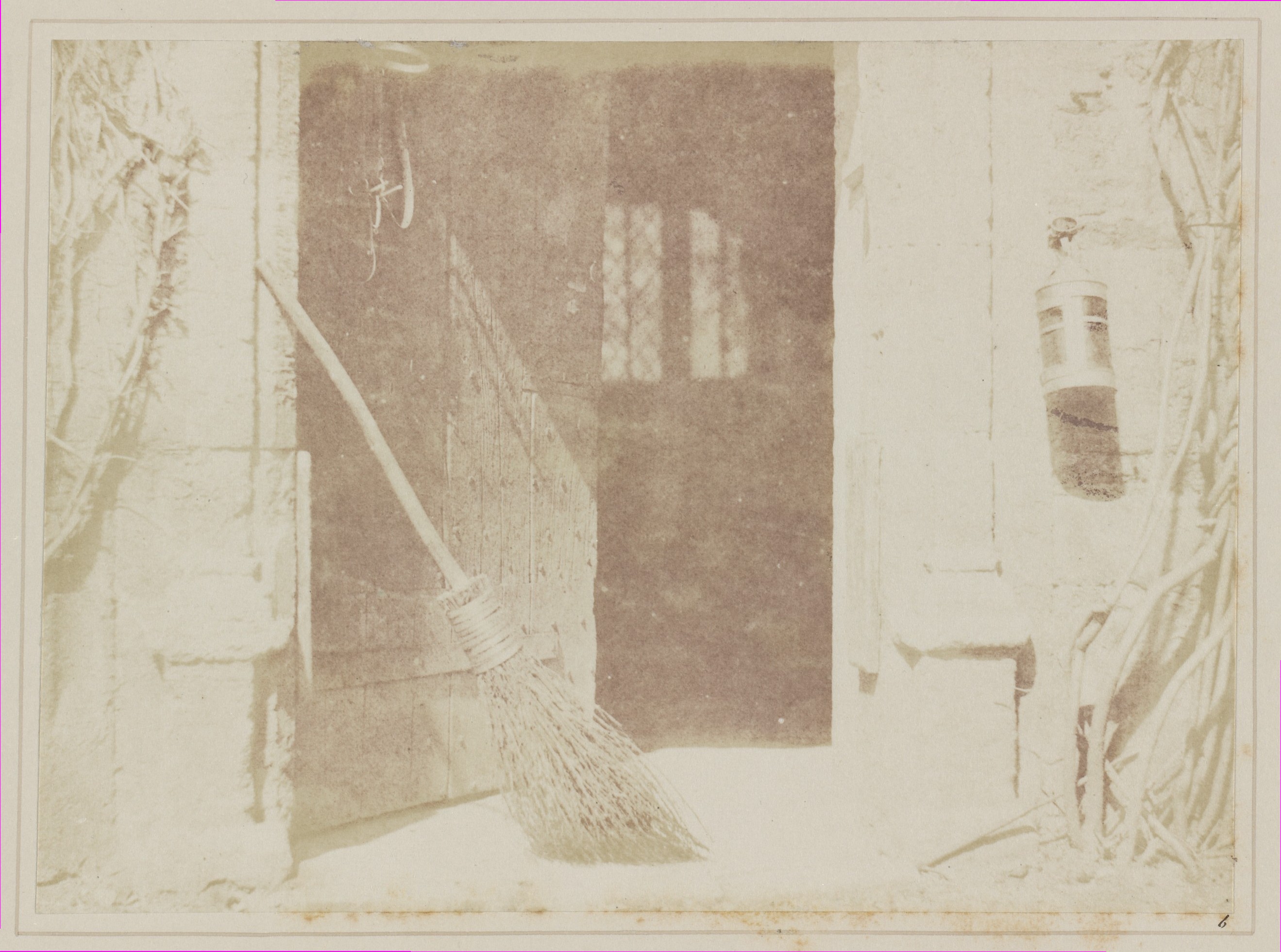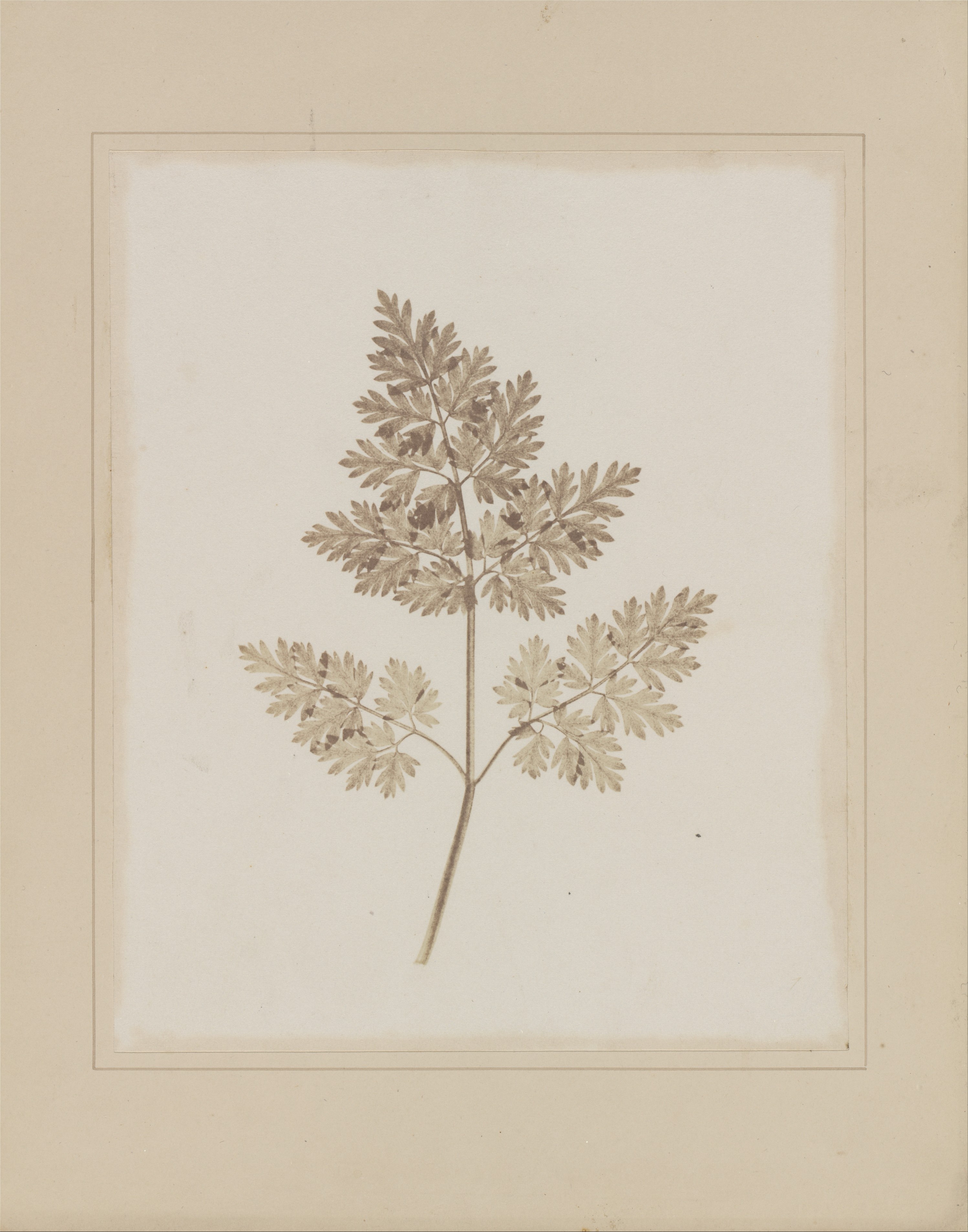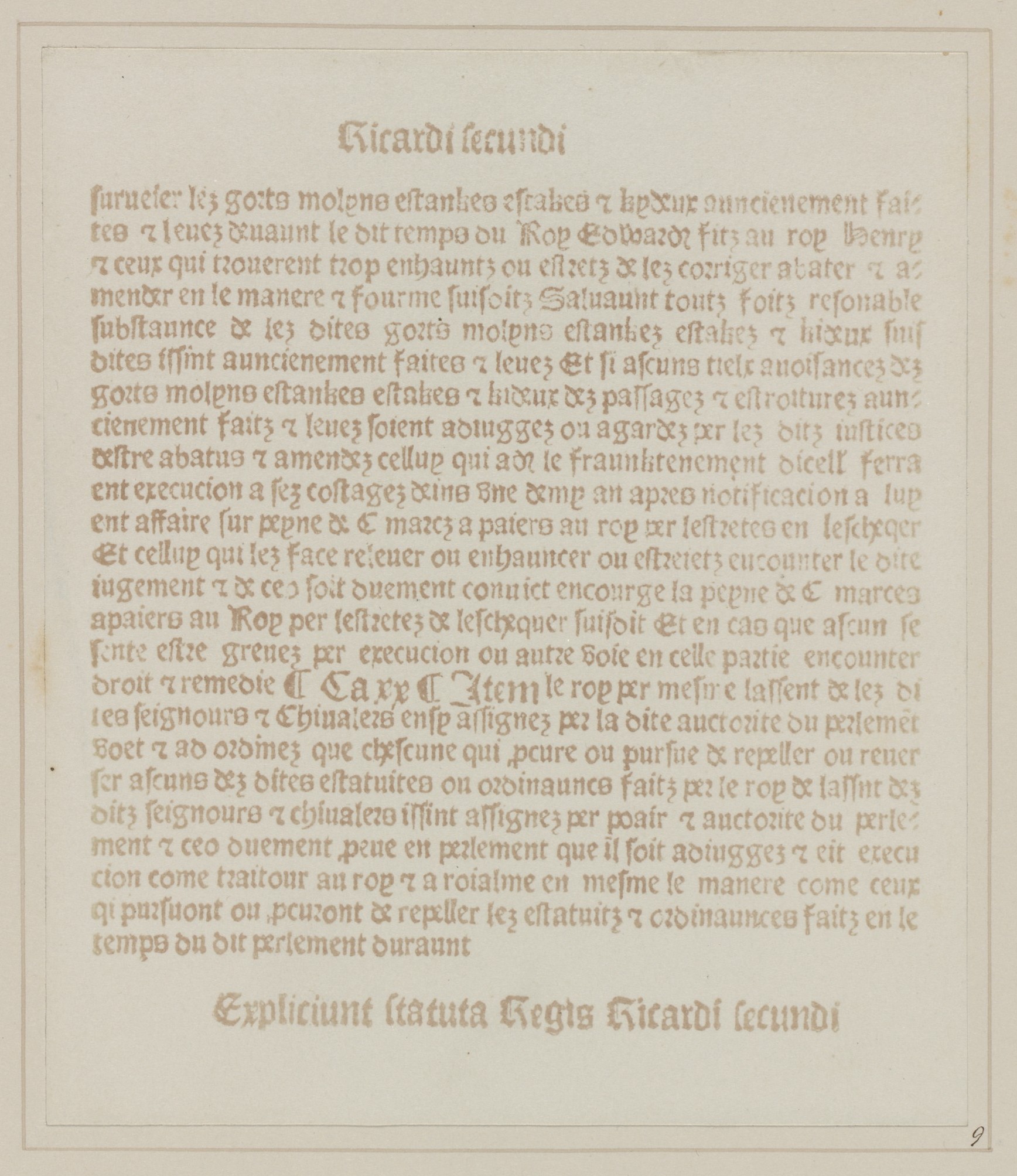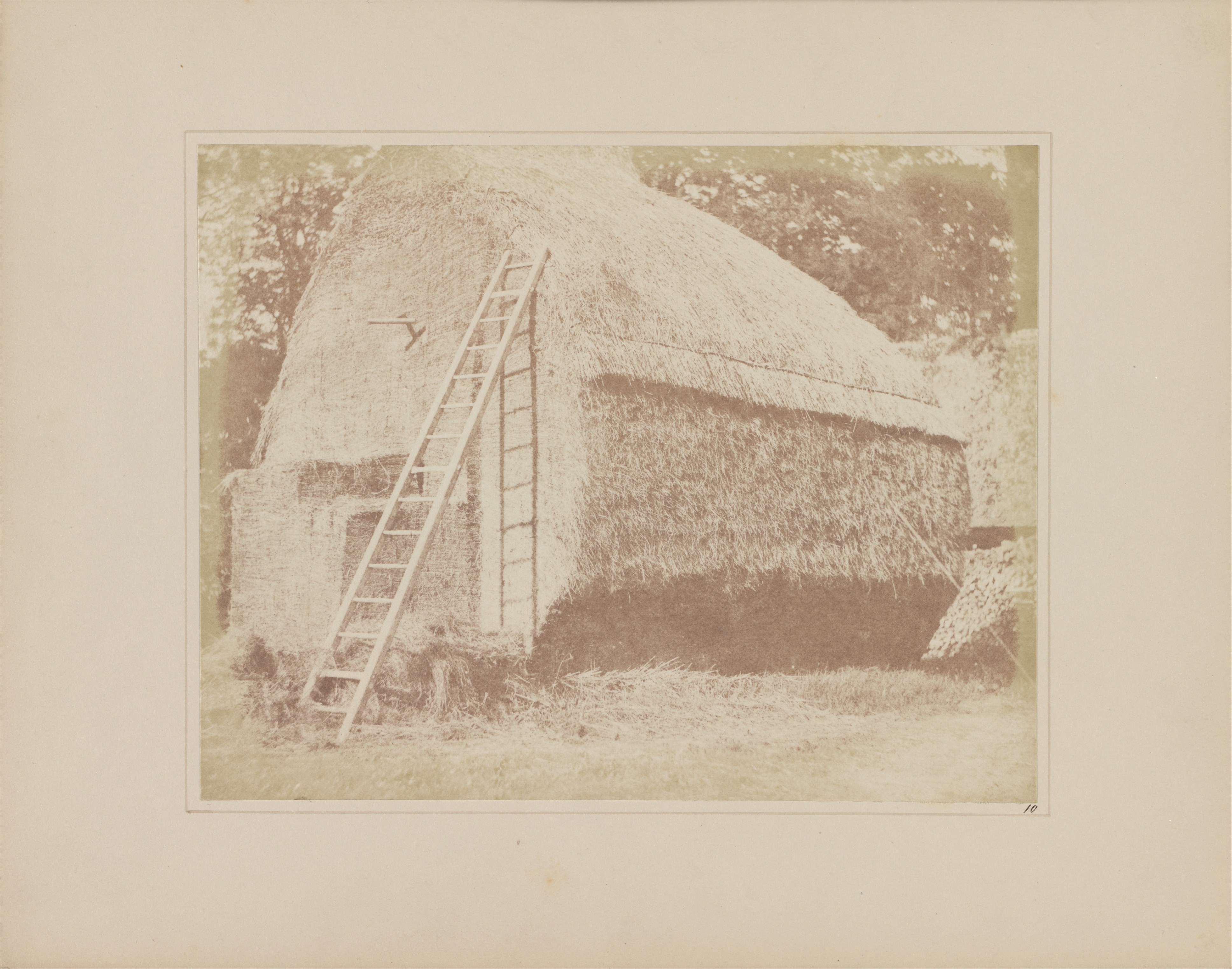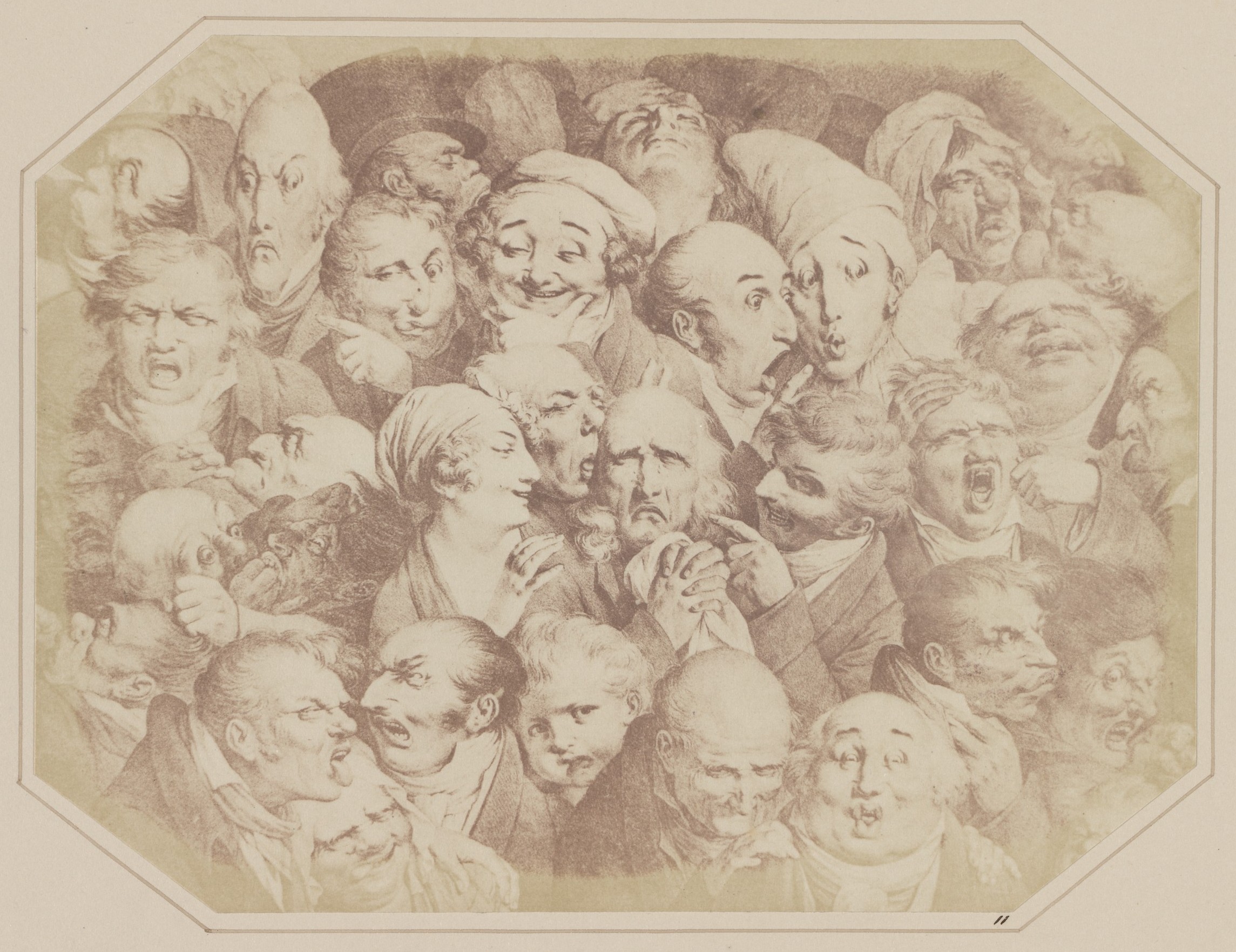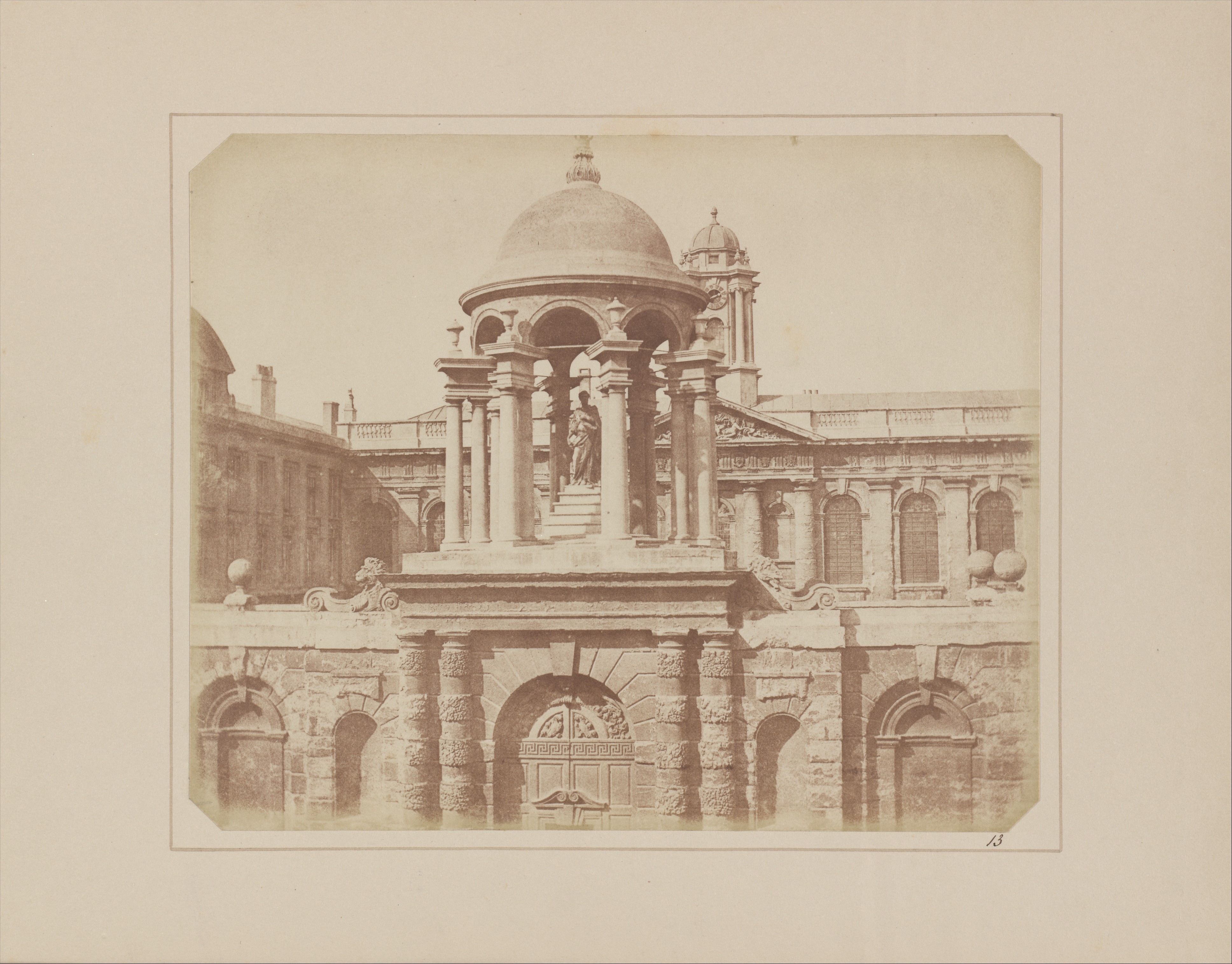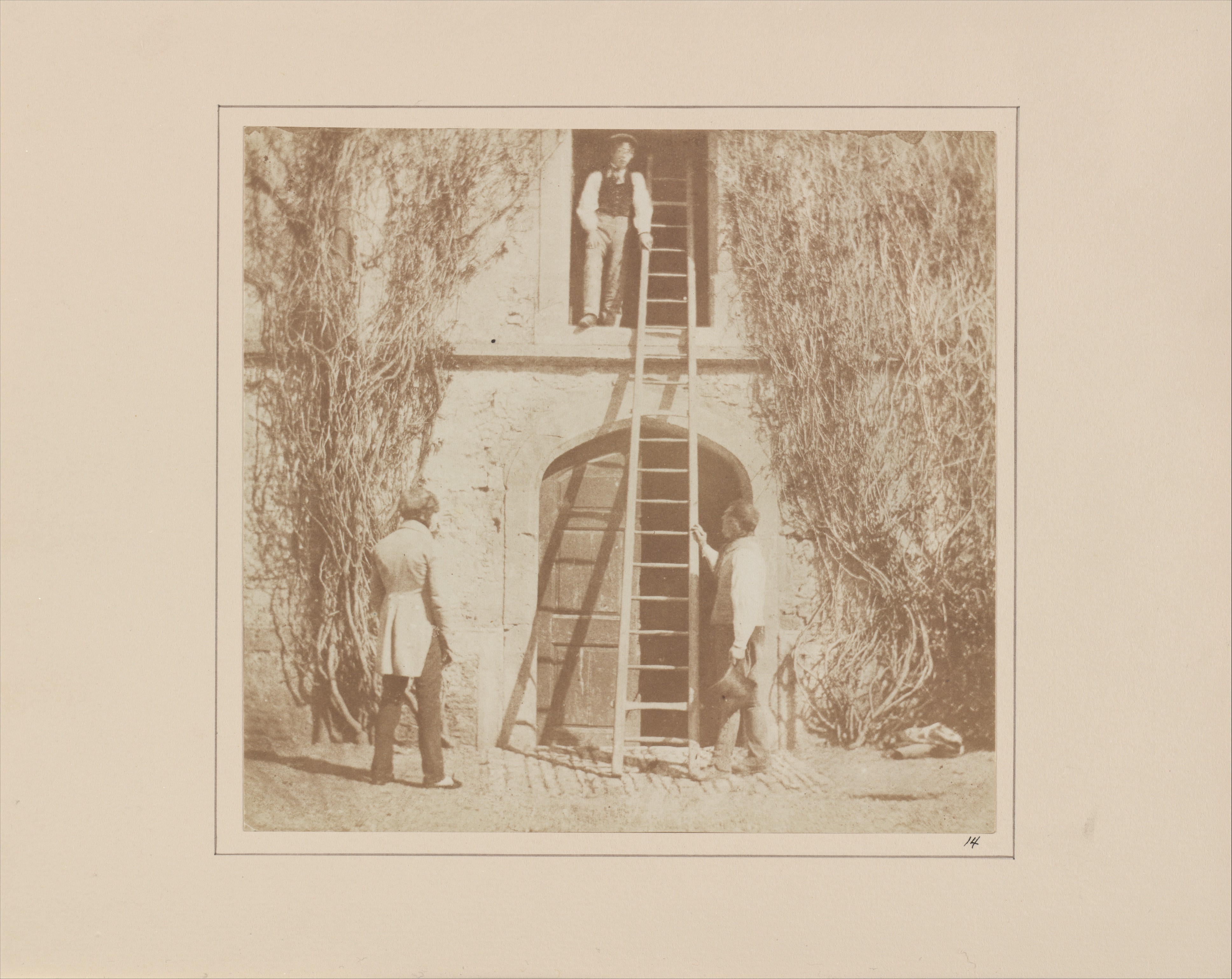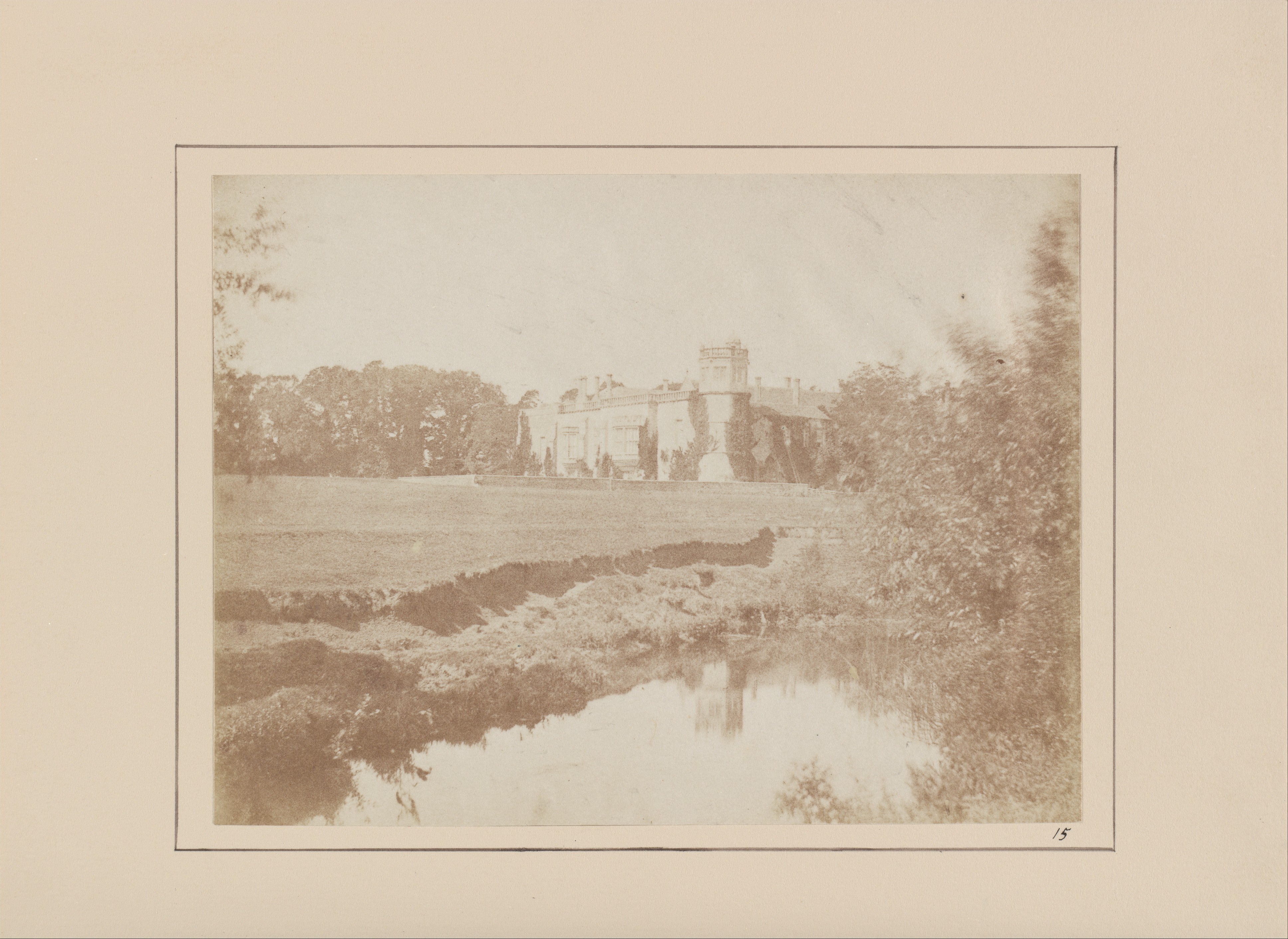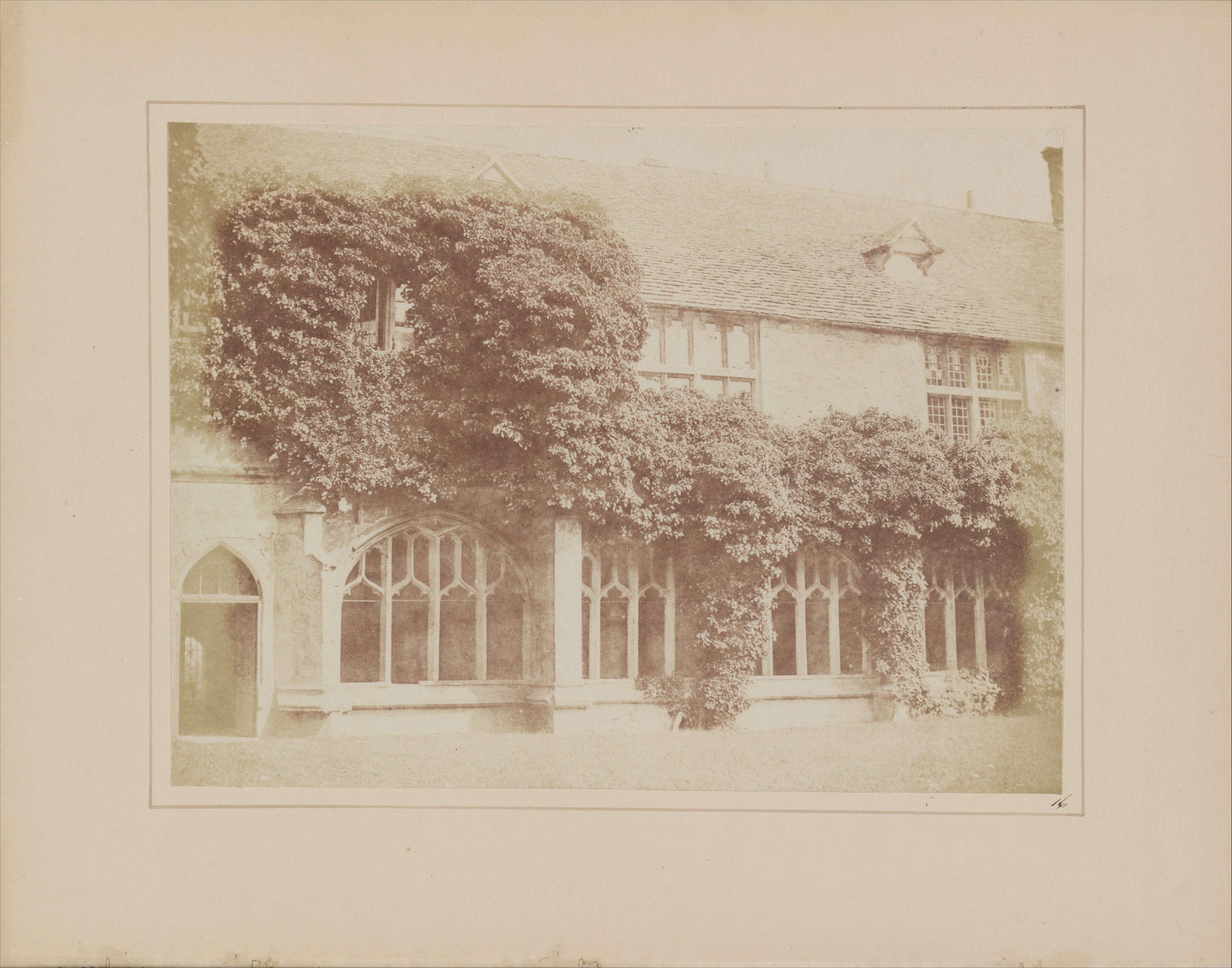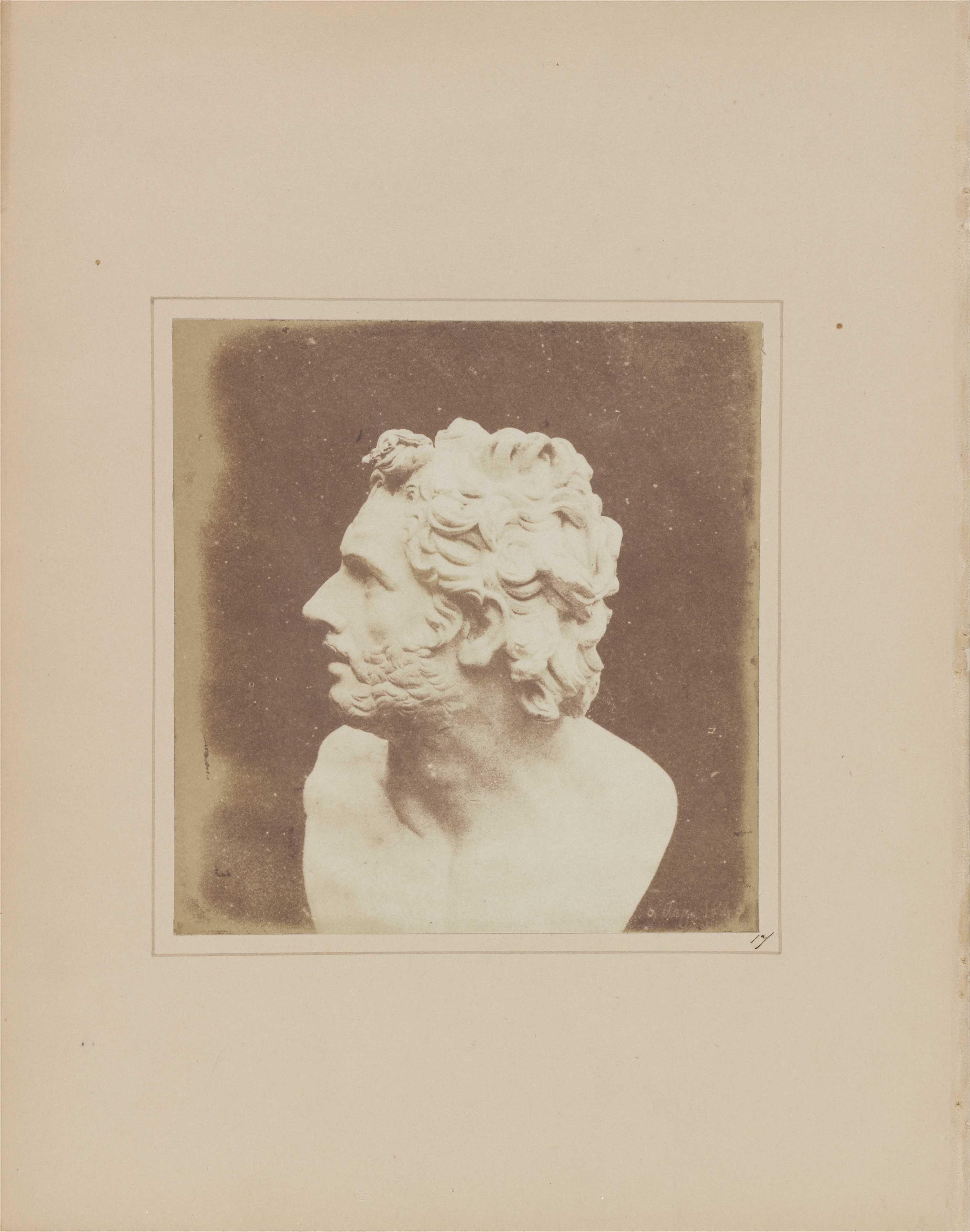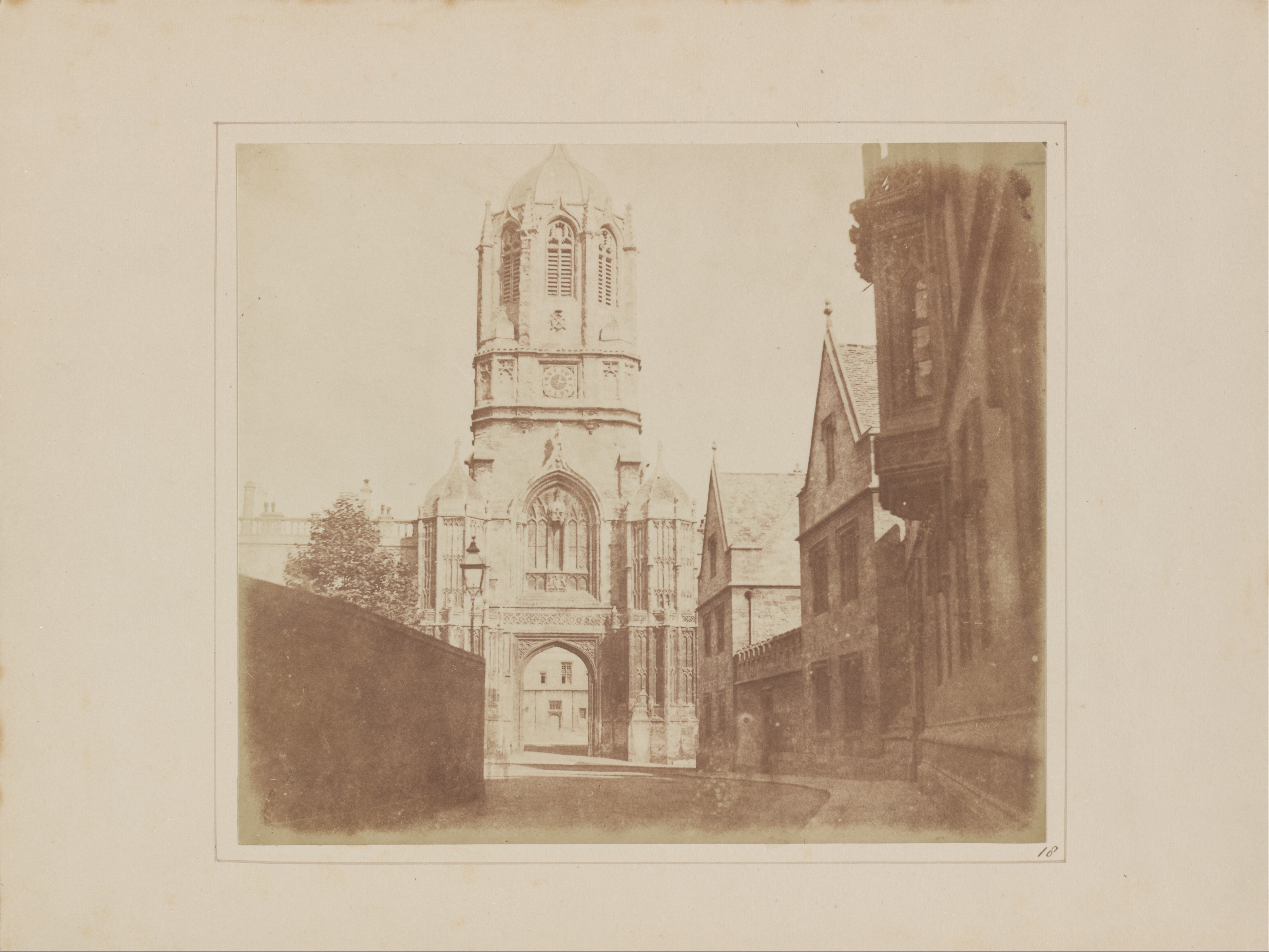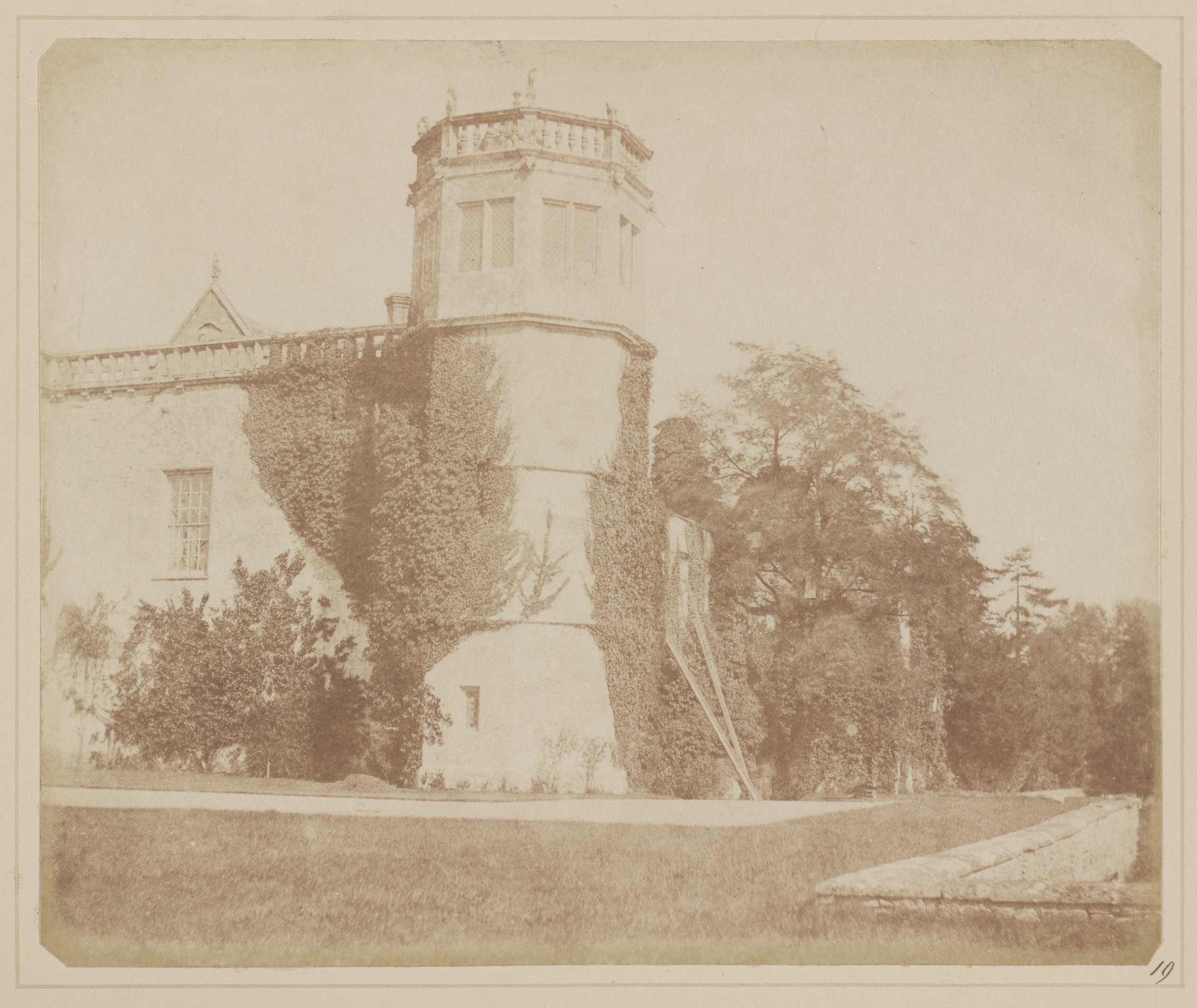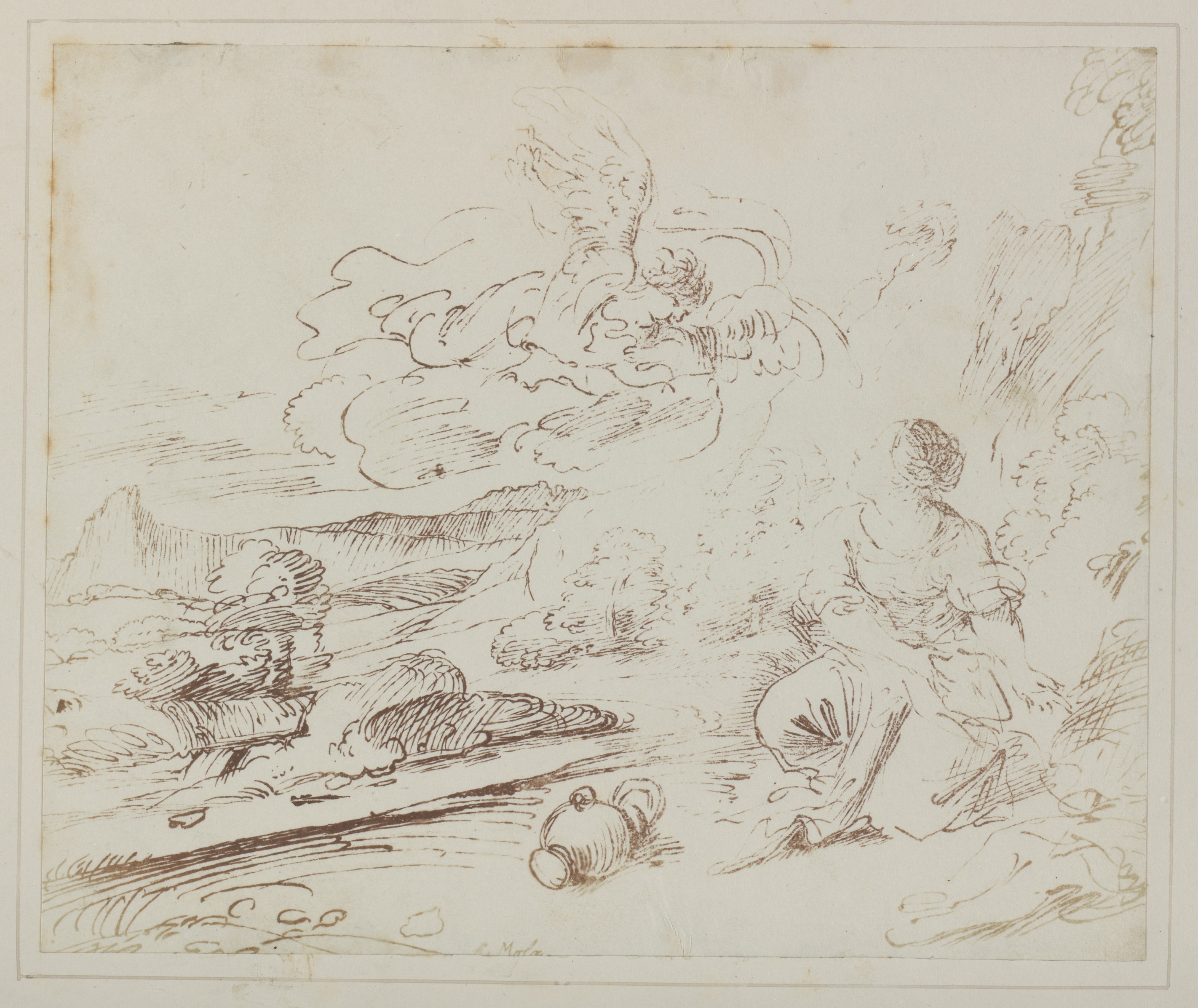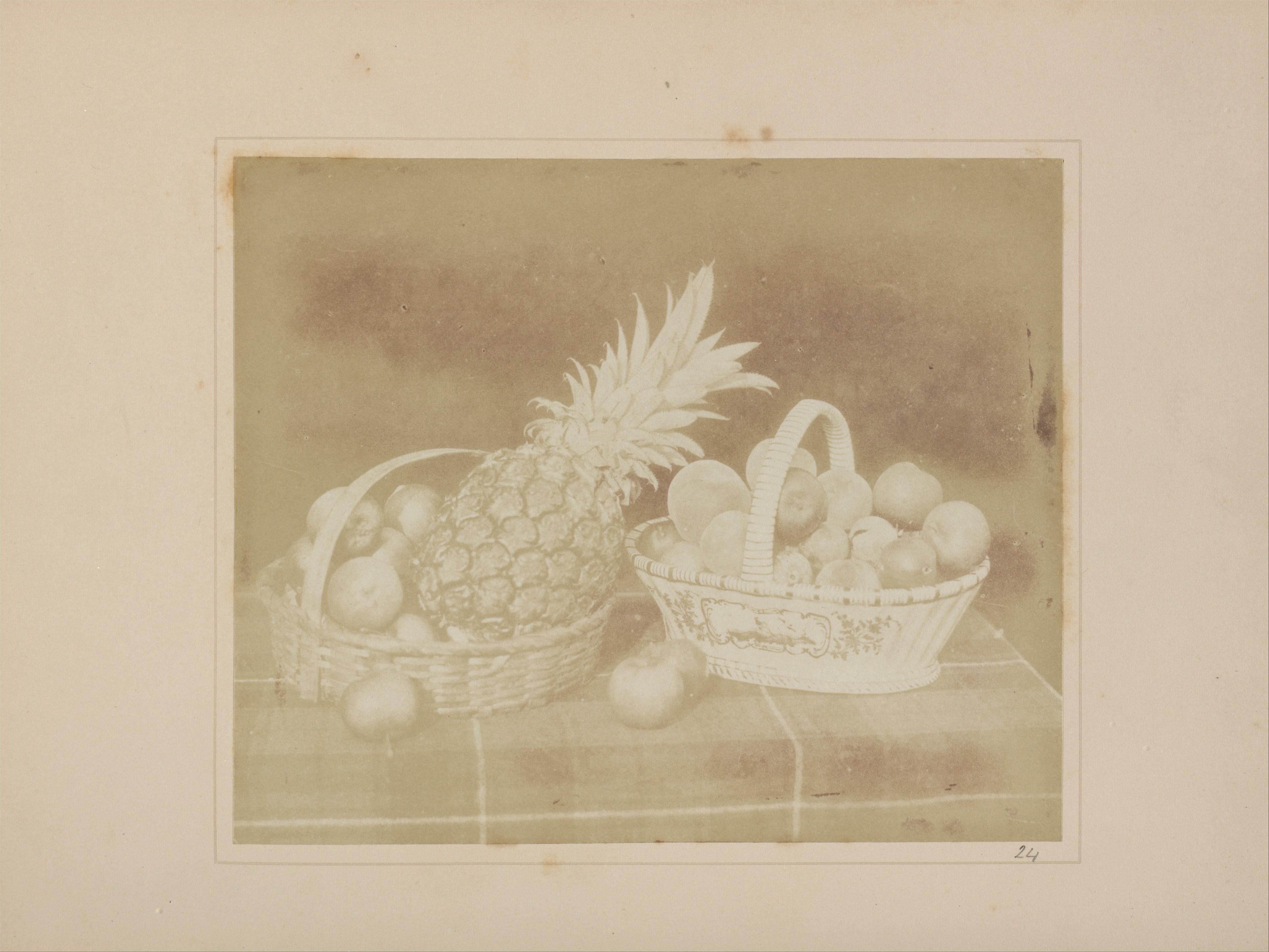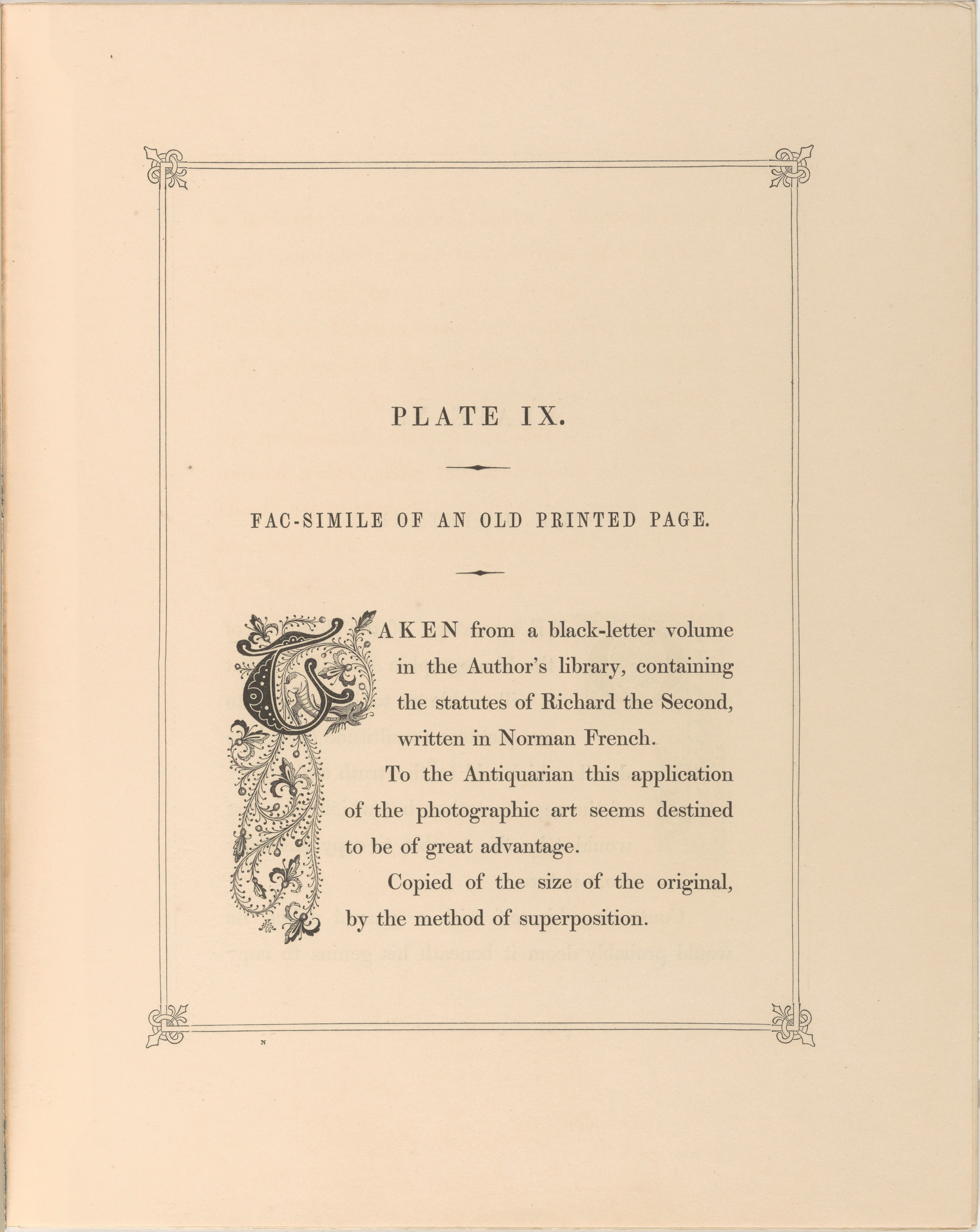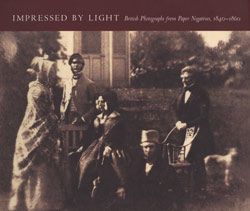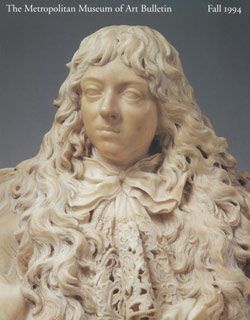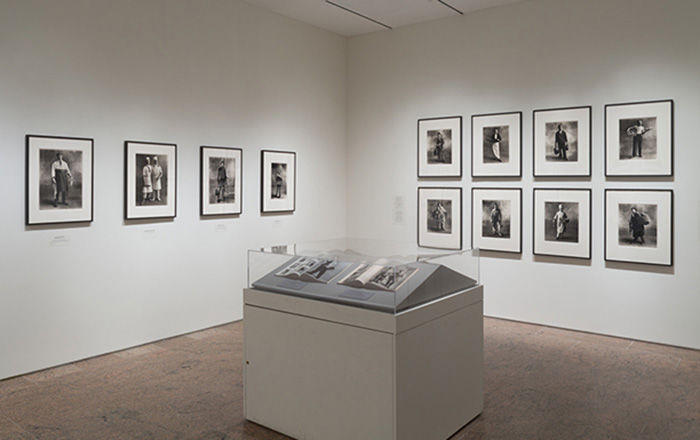The Pencil of Nature
William Henry Fox Talbot British
Not on view
Talbot's hope for commercial exploitation of his invention lay in the widespread distribution of large editions of photographic prints, the principal advantage of negative-positive process over the daguerreotype. In early 1844, in an effort to encourage the mass production of paper photographs, Talbot supported Nicolaas Henneman, his former valet, in the creation of a photographic printing establishment in Reading, a town on the route between London and his home in Lacock. The firm's initial project was Talbot's Pencil of Nature, the first commercially published book illustrated with photographs-a milestone in the art of the book greater than any since Gutenberg's invention of moveable type. Issued in fascicles from June 1844 through April 1846, The Pencil of Nature contained twenty-four plates, a brief text for each, and an introduction that described the history and chemical principles of Talbot's invention. The photographs and texts proposed, with extraordinary prescience, a wide array of applications for the medium that included reproducing rare prints and manuscripts, recording portraits, inventorying possessions, representing architecture, tracing the form of botanical specimens, and making art. The publication, however, was not a commercial success, and as sales declined with each new fascicle, Talbot abandoned the project just before the seventh group of plates was made. Approximately forty complete or substantially complete copies survive; the Museum's example belonged to Talbot's daughter Mathilde.
This image cannot be enlarged, viewed at full screen, or downloaded.
This artwork is meant to be viewed from right to left. Scroll left to view more.



